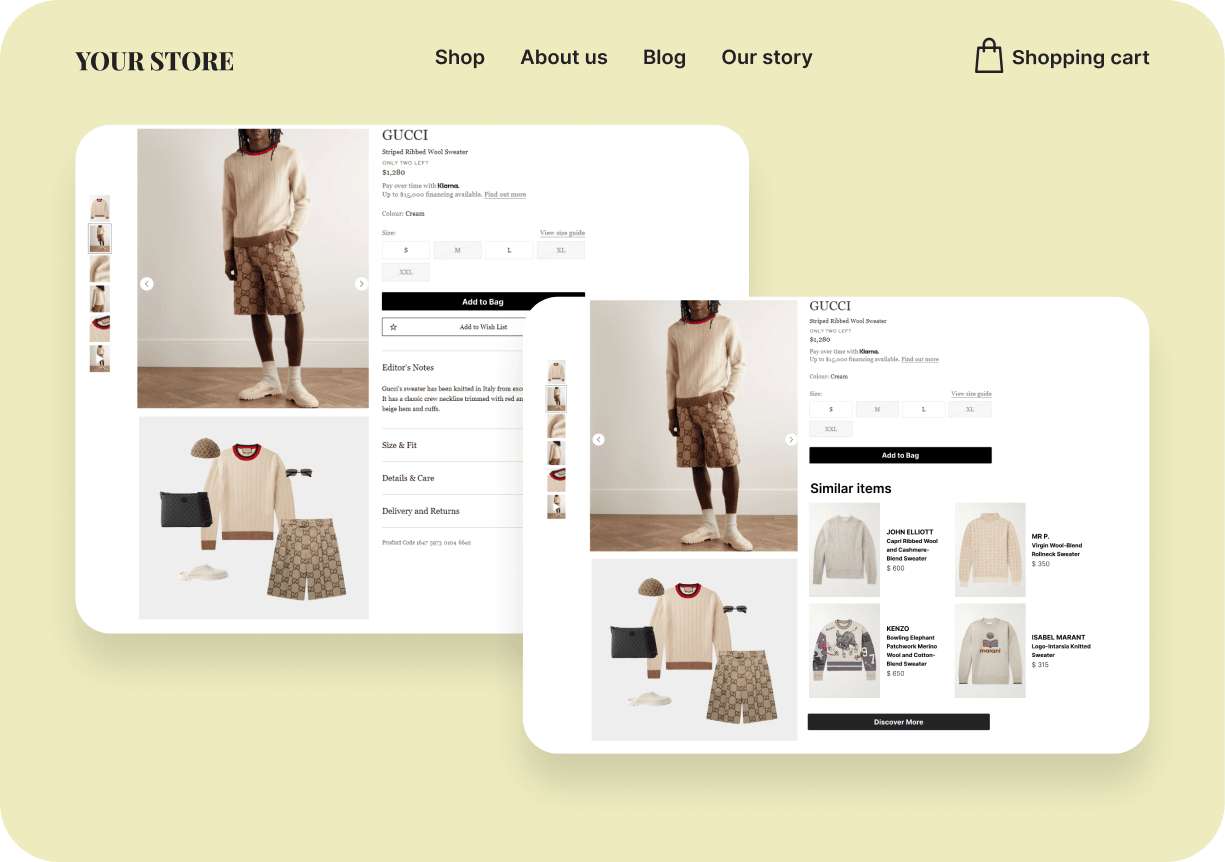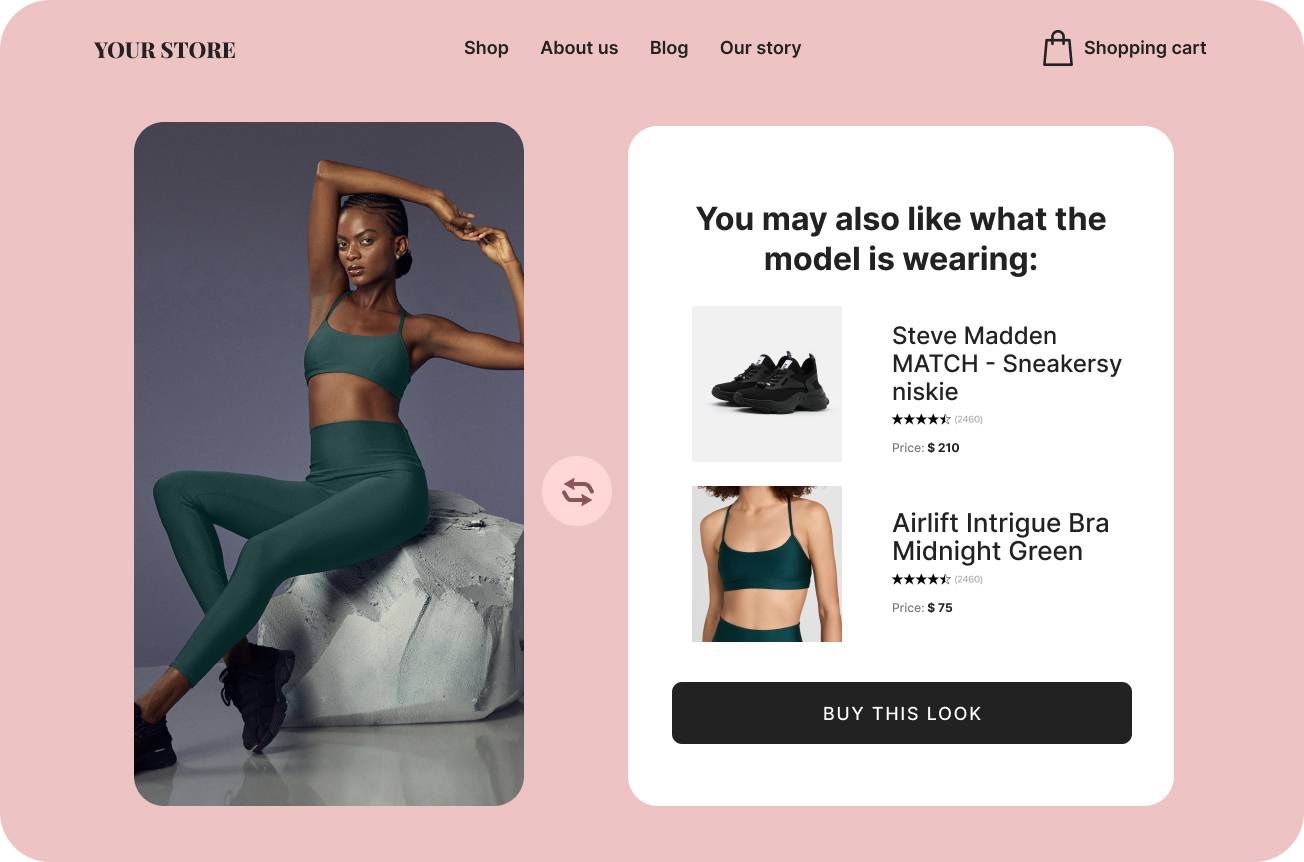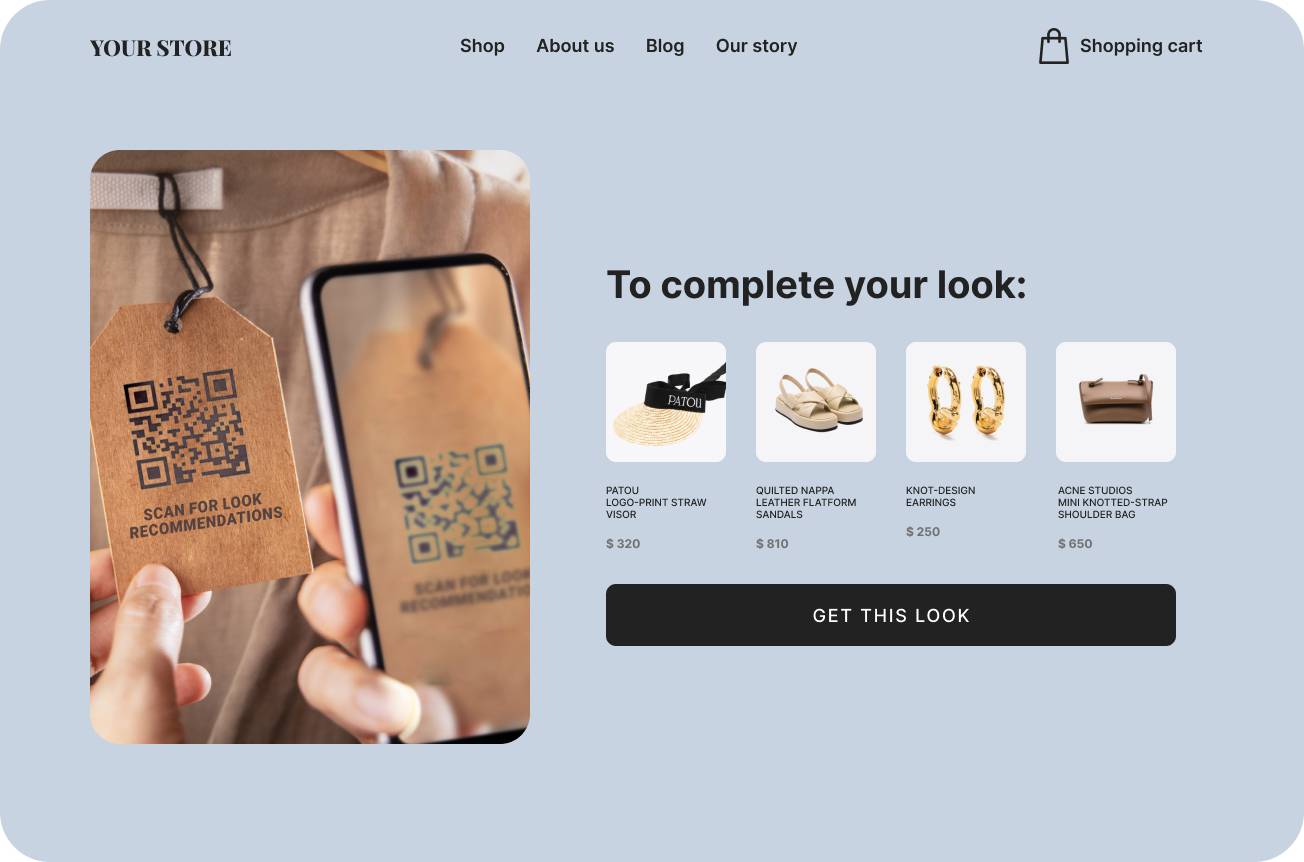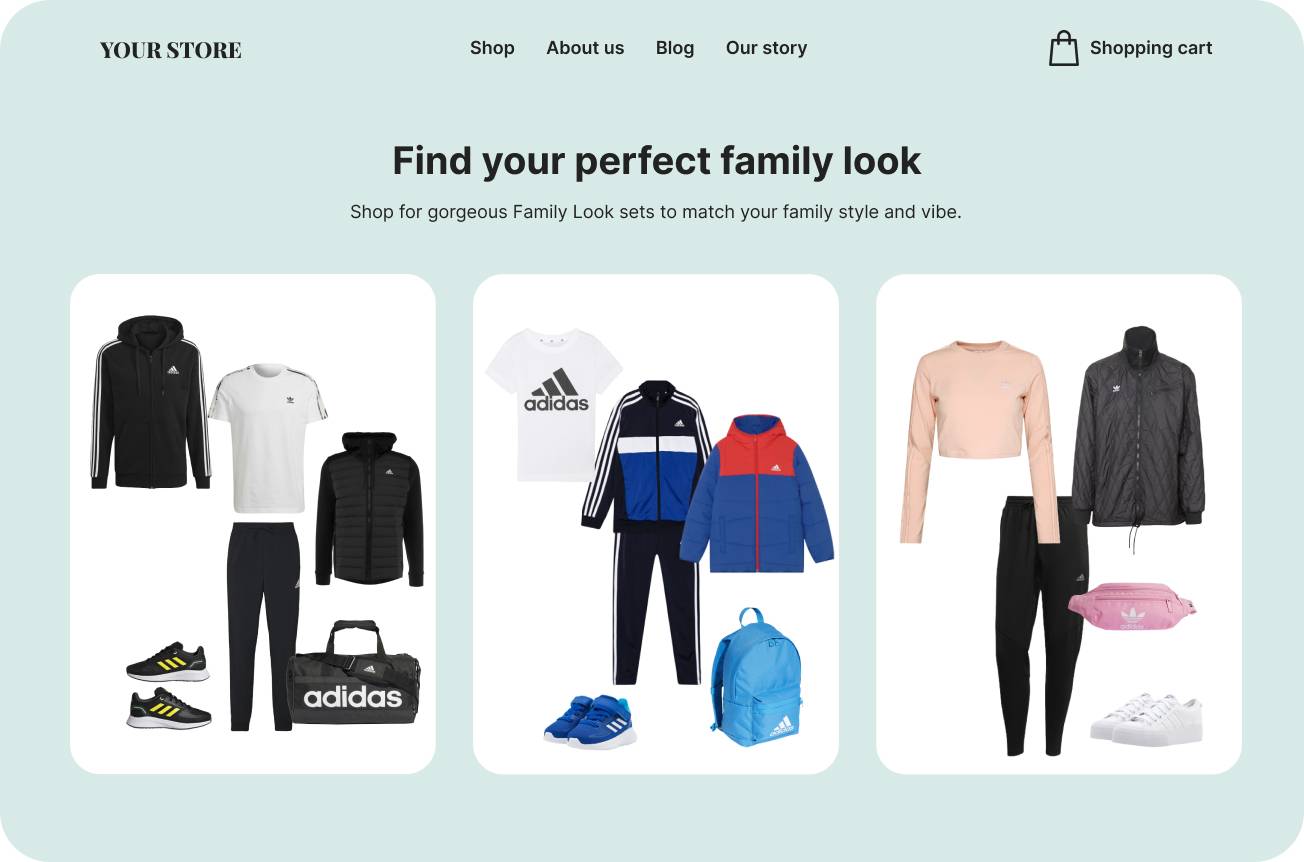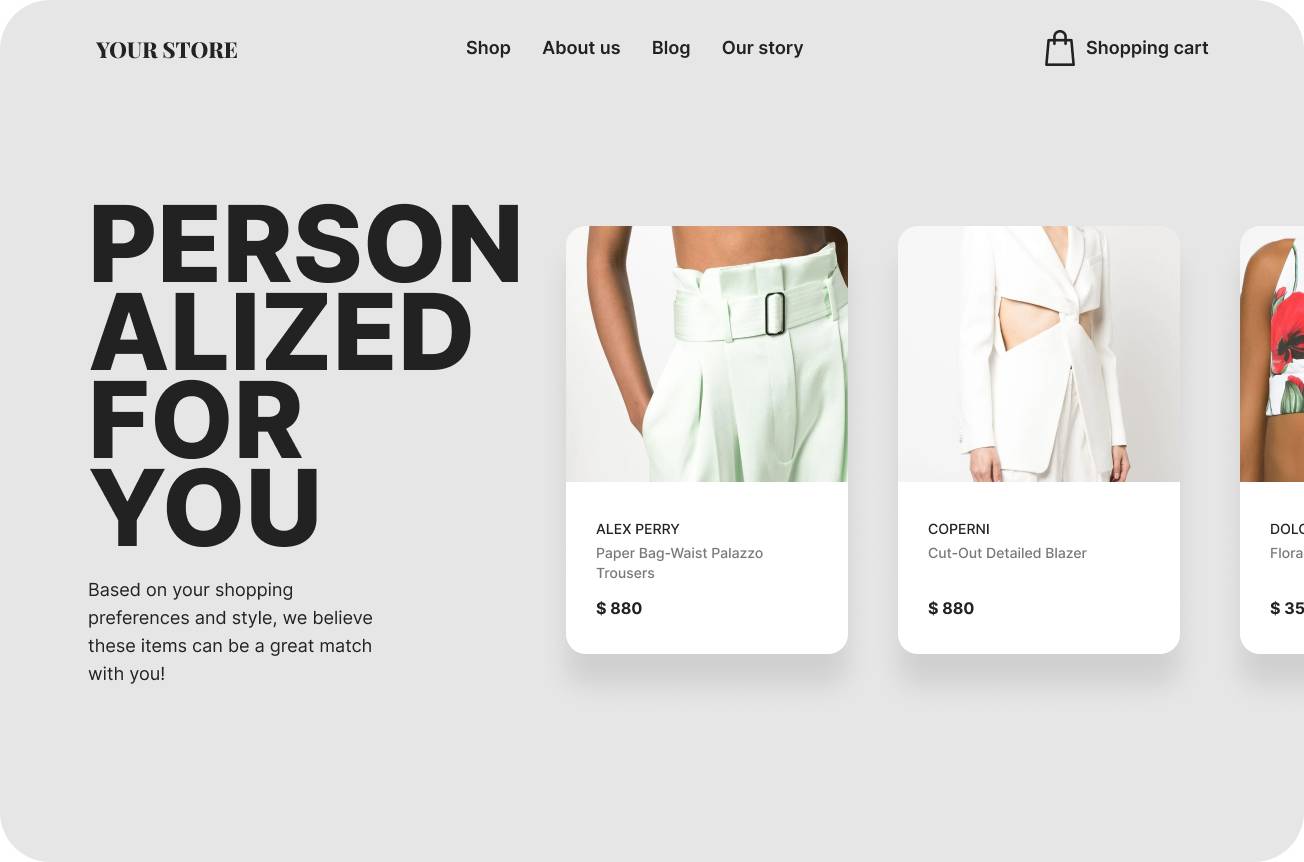With the ever-increasing volume of data at their disposal, businesses today have an unprecedented opportunity to understand their customers and deliver personalized shopping experiences. This is especially crucial for fashion retailers, as customers now expect tailor-made interactions. In fact, a staggering three-quarters of shoppers express frustration when companies fail to provide personalized engagement.
The journey from data to understanding to personalization may appear straightforward, but in reality, it's a complex process. Consider a scenario where you have an enthusiastic online shopper with a preference for sustainable fashion brands, as indicated by their past purchase history. They recently bought three items from brands labeled as sustainable, all crafted from eco-friendly materials.
Based on this data, you might assume that sustainability is their top priority, so you tailor your advertisements, email promotions, and product recommendations accordingly. You're offering a personalized experience that aligns with their previous sustainable purchases.
However, there's a critical twist: the last purchase was actually a gift for their eco-conscious sister. At present, they are shopping for themselves, seeking a dress for a work event. Yet, they find themselves inundated with ads, emails, SMS messages, and banner offers for sustainable shoes and jackets, which are unrelated to their current interests. They feel trapped in a sea of sustainable recommendations.
The absence of real-time data, which would have revealed that this shopper has shifted away from sustainable fashion content, has led to a frustrating experience. Frustration can quickly lead to lost customers and revenue. In fact, a consumer survey revealed that 86% of consumers are willing to abandon a previously loyal brand after just two to three negative customer experiences.
The Pitfalls of Relying on Historical Data
The challenge with personalization based solely on historical data is that it often reflects who customers were in the past, rather than who they are in the present. This approach can lead to pitfalls when relying on the most recent or last data point. Today's shoppers have high expectations, move swiftly in their buying journeys, and prefer brands that can keep up with their evolving needs.
Historical data alone fails to capture this ever-changing nature. Even data that was relevant mere hours or minutes ago can misrepresent a shopper's current preferences. Notably, events such as changes in weather or the location where a customer opens an email can dramatically alter their interests and content engagement. Real-time data, which provides up-to-the-moment insights, is crucial for enhancing the customer experience and ensuring marketing success.
Finding the Right Balance
This isn't to say that historical data serves no purpose. It can reveal long-term trends, enabling retailers to identify patterns and make informed decisions based on past purchases. It allows marketers to consider factors like loyalty status and pinpoint important preferences, such as the timing and channel for campaign delivery.
However, historical data is just one piece of the puzzle. Combining it with real-time insights is essential for comprehending the evolving dynamics of consumer behavior. Achieving the right balance between historical and real-time data is key because together, they provide a comprehensive view of the customer that data-driven marketers aspire to obtain.
The Power of AI in Enhancing Customer Understanding
Yet, to transform this understanding into action, an essential component is required: artificial intelligence (AI). The transition from data to AI is a natural progression in today's landscape, where data and AI are inseparable partners. Data feeds AI, and AI transforms data into actionable insights.
This is where GardeRobo AI enters the picture. GardeRobo AI provides personalized product recommendations for fashion retail in real-time, taking into account not only the customer's previous purchases but also their current website behavior. Learn more here.
Consider these examples:
- Data may reveal which customers frequently initiate returns. AI can segment these customers and exclude them from specific discounts and promotions.
- Data can indicate that Customer X prefers morning email campaigns, Customer Y prefers afternoon SMS campaigns, and Customer Z prefers evening in-app notifications. AI ensures that campaigns are automatically delivered to each customer through their preferred channel at the optimal time.
- Data might identify customers who consistently open newsletters and those who rarely engage with them. AI adjusts campaign frequency, reducing emails sent to unengaged customers while ensuring avid readers receive every communication.
- Data may initially categorize a customer as 'eco-conscious,' but if their behavior shifts, AI will re-segment them accordingly.
Data provides a comprehensive view of the customer, encompassing both their past and present preferences. With GardeRobo AI, this understanding is translated into exceptional experiences that acknowledge both aspects.
A Limitless Customer Perspective
Knowing who your customers were at a specific point in time is no longer sufficient. Customers evolve constantly, their preferences and desires shifting as they explore a brand's offerings. By combining historical and real-time data, fashion retailers can create an endless view of their customers. This view empowers them to offer perpetually personalized experiences, ensuring the right product is always presented to the right customer at the right time.
